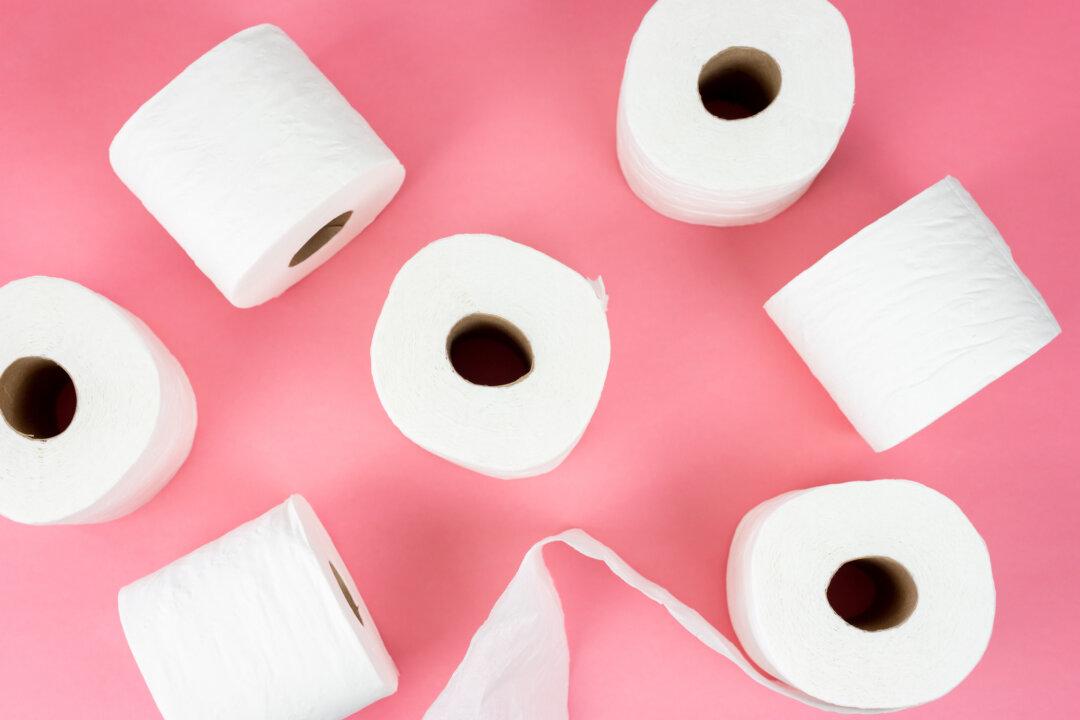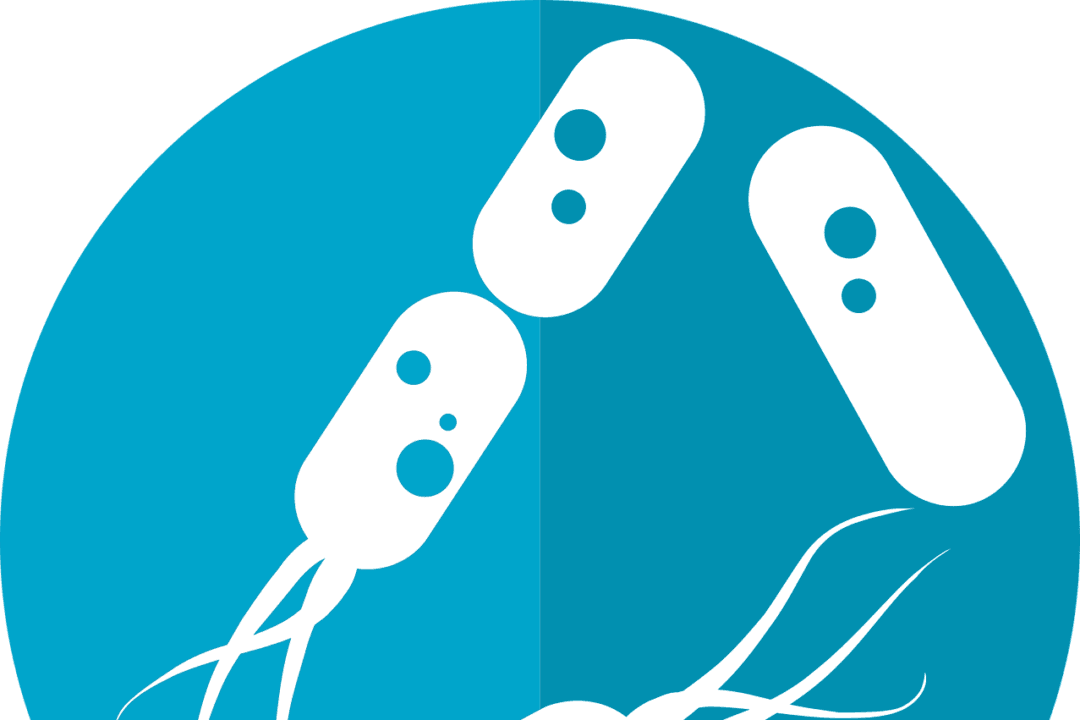A new study presented in San Diego of 140 premenopausal women in Bulgaria who found that urinary tract infections (UTIs) were reduced by half with when their water consumption increased by 1 and a half liters. The women included in the study previously had experienced UTIs more than three times a year. After dividing the test subjects in half, researchers found that the group who increased their water intake by 1 and a half liters (6 cups) averaged 1.6 infections a year and the group who did not drink more water reported an average of 3.1 infections.
Kristina works at Green Lifestyle Market. A few years ago Kristina was no stranger to illness, but she decided to pursue health and vitality through natural means when she became pregnant. She quickly learned that she could prevent morning sickness and other common ailments other pregnant woman experienced with the right diet. After a healthy home birth, and a beautiful child, she never looked back.
Author’s Selected Articles





